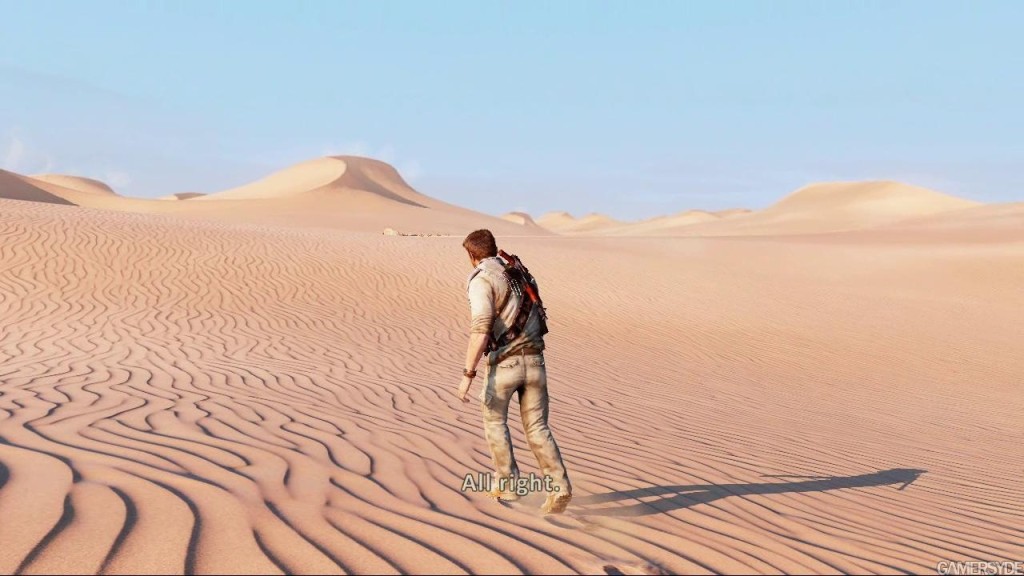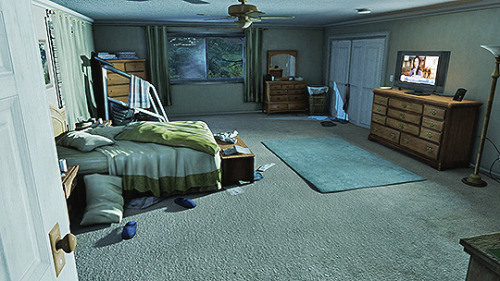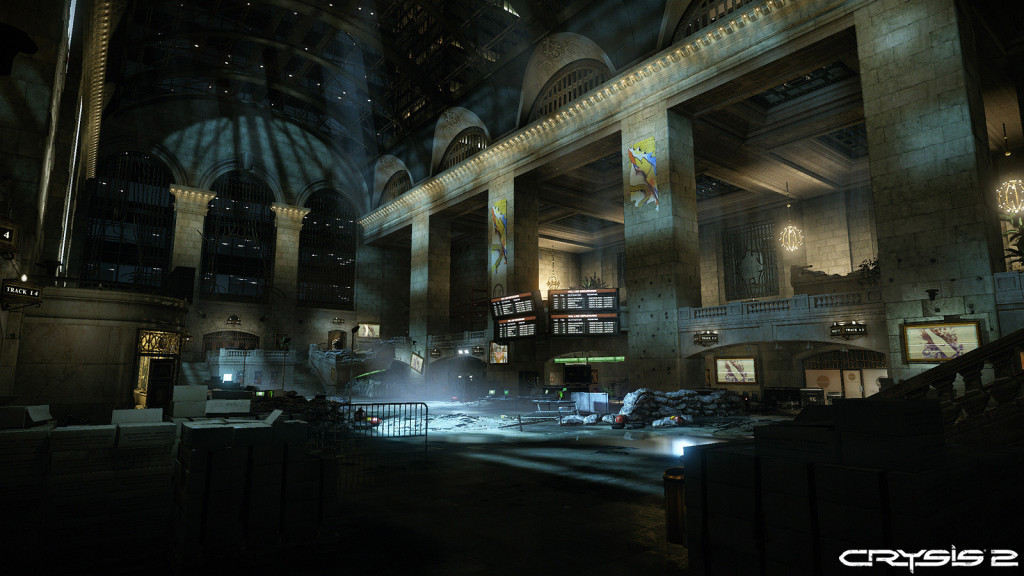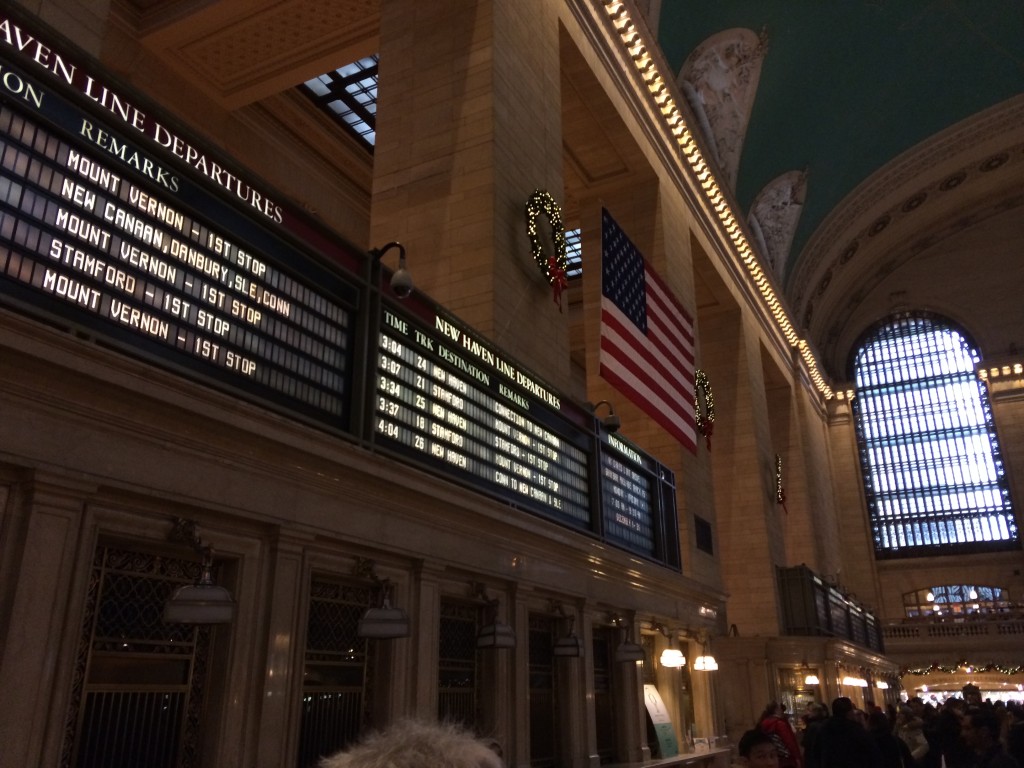As level designers, the locations and environments we develop can be influenced by a number of factors. When choosing a location to develop (something I will go into more detail on in a future post) level designers have to balance a variety of factors, such as story, budget, scope and schedule, and make a decision that will be best for gameplay and, ultimately, best for the game.
Sometimes, however, we don’t get the luxury of choosing our locations or to develop a location from scratch. While most level designers (well, most I know) dream of developing the ultimate, balanced space that makes core mechanics shine like diamonds, sometimes it’s just not possible…or even desired!

Not this J.A.G.
“J.A.G.” was, initially, a mostly derogatory term my team and I coined while working on previous projects. It stood for “Just Add Gameplay”, and it was our way of describing a space that, for one reason or another, had slipped through the cracks of traditional level pipelines and showed up on our doorstep, usually with the instruction that we were to “just add gameplay to this space” i.e. don’t change this space just make it work!
As I mentioned, this is something we initially reacted to with steep opposition. How could we, the infallible level design team, not prepare each and every space with meticulous metrics and flow? How could we deem a space worthy that had not been processed and prepped?
It took me longer than I’d like to admit that the answer could be simple: context.
To give a space context in this regard is to give it a setting, or a theme, such as a space station or a hydroelectric dam. The context of a space is one of its defining attributes, particularly in story driven games. It gives meaning to the space and helps shape gameplay in equal measure with more mechanically focused construction methods. A level designer could build the most perfectly balanced environment for something like a combat encounter, and still feel that missing hook that only comes with context. Once that environment becomes a palace or a prison or a jungle, it gains a variety of attributes that are impossible to include in a simple “blockout”. These attributes can craft emotion and help create a connection between the player and the place they inhabit.

Uncharted 3: Drake’s Deception™
Some examples of spaces in my favorite games that make great use of their context: the desert in Uncharted 3 when Drake is searching for water is used to craft the feelings of fatigue, disorientation and hopelessness. Joels house at the start of The Last Of Us creates a sense of familiarity, nostalgia and comfort before everything falls apart, enhancing the drama of the outbreak. The context drives these spaces and experiences, enhancing the emotion at each point.

The Last of Us™ Remastered
This does come with one caveat however; the gameplay you “jag” into this space must assist that context. You’ll rarely get your best combat encounter or puzzle from an area you inherit this way. Instead, we need to make efforts to use these spaces to create experiences that utilize the location fully.
Now, it’s common that level designers begin by knowing the context of their environments already, whether original or real-world locations, as creating a blueprint for development is a key part of any level development process. You can’t build space stations on mars in your grounded post apocalyptic survival game. However, sometimes all you have is context. For example, in Crysis 2 we had several levels set in and around famous New York landmarks. One environment that we knew would be in the game was Grand Central Station.

It’s iconic and it helps foster that connection to New York that even people who don’t live there understand. It’s important. While the interior was changed slightly, it could not go beyond being recognized as Grand Central Station. The context of the space was the primary focus here, not creating an arguably perfect layout. Essentially, the gameplay chosen for this environment fit the context, not vice versa.

Grand Central Station taken by yours truly on a trip to NYC!
At one point or another, we will be asked to take reference from a location or a concept that should remain untouched. Instead of resisting, we should look for what the context of the space can do to enhance the experience. Is the location nostalgic? Is it exotic? Is it recognizable? Does it create a sense of familiarity and connection? Ideally these locations are inserted into your game at key points, to get the maximum benefit from their inclusion. Often, these elements can produce experiences of equal value to those created solely by the rules and metrics of the game you are developing.

I love New York
